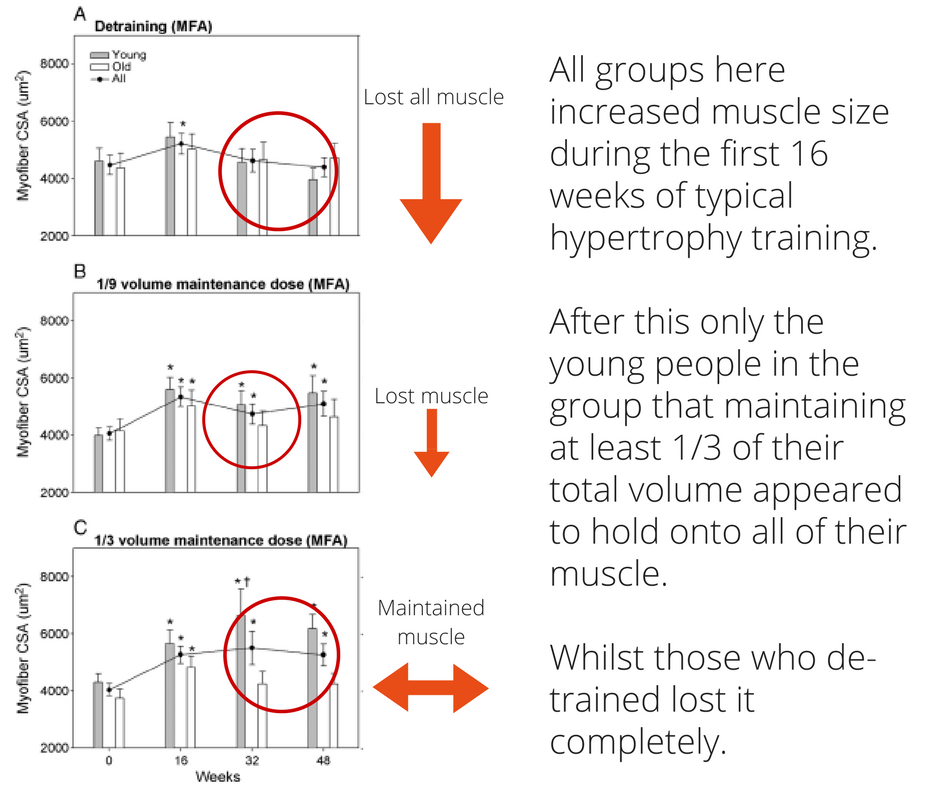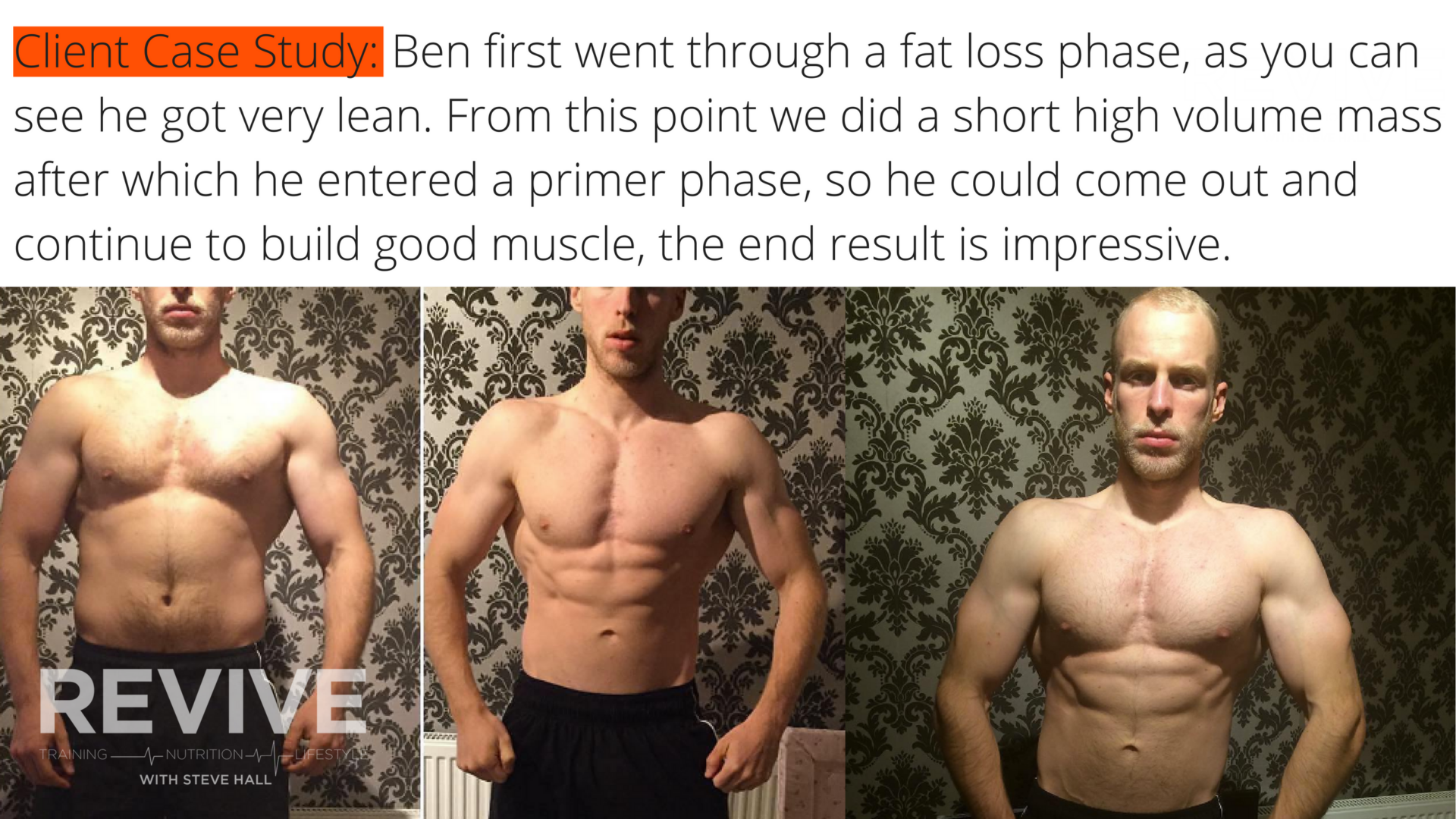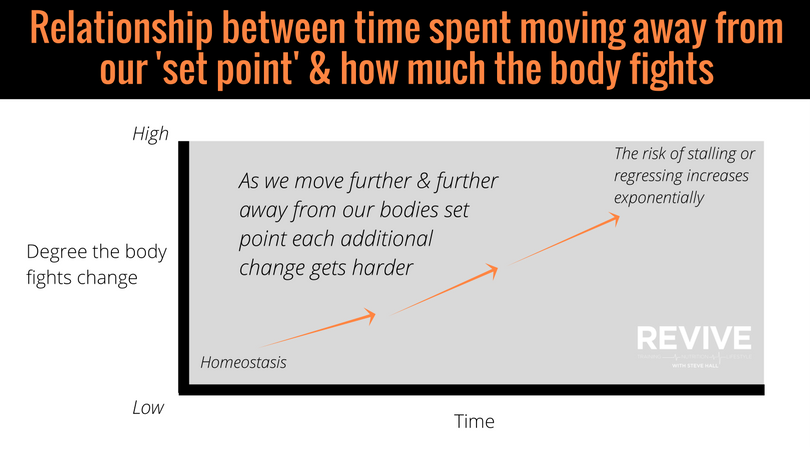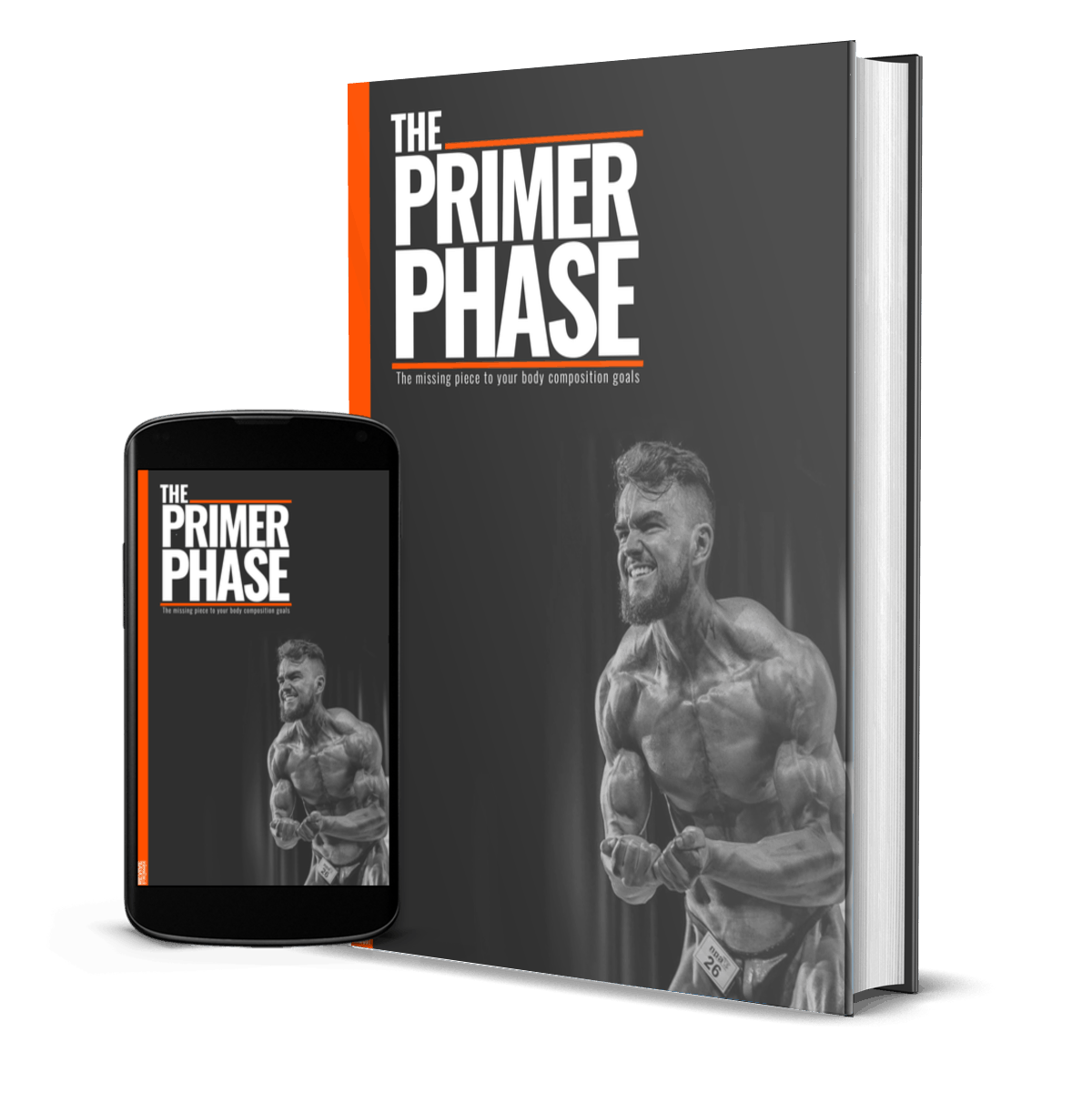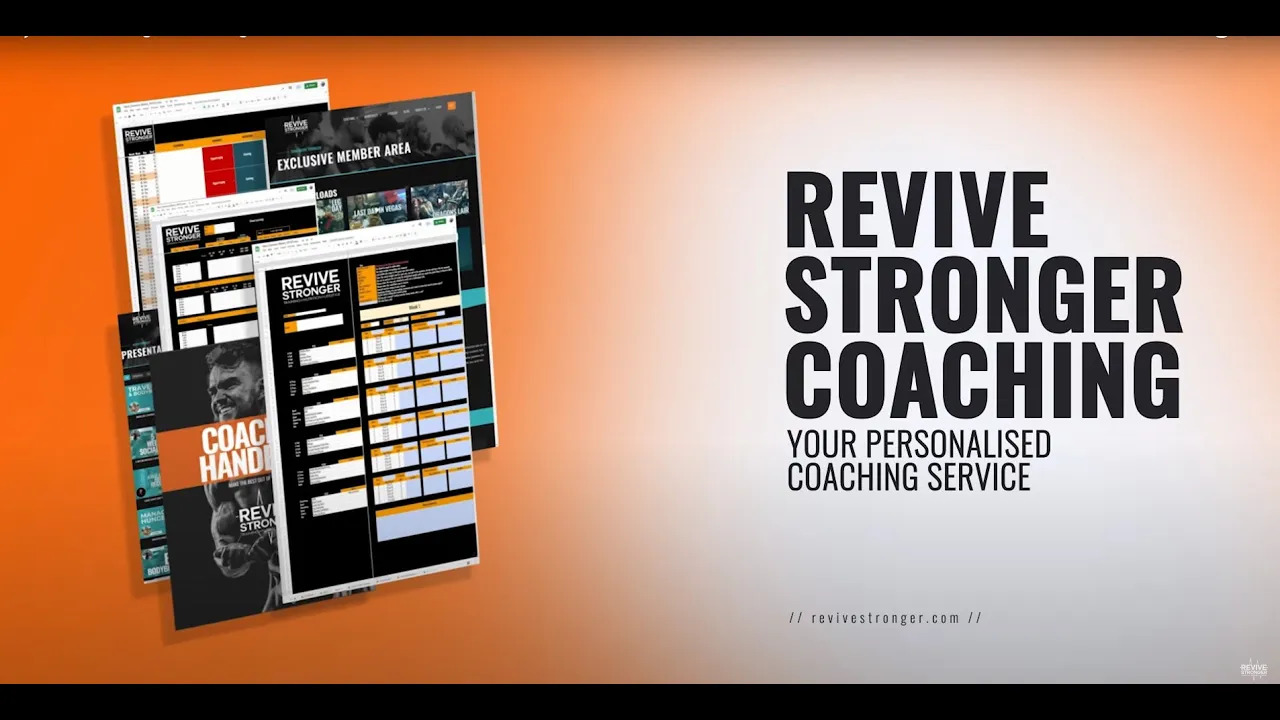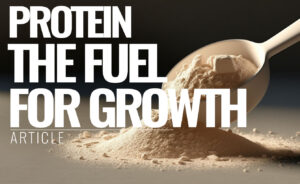
Revive Stronger
How to Train: Prime for Muscle Growth
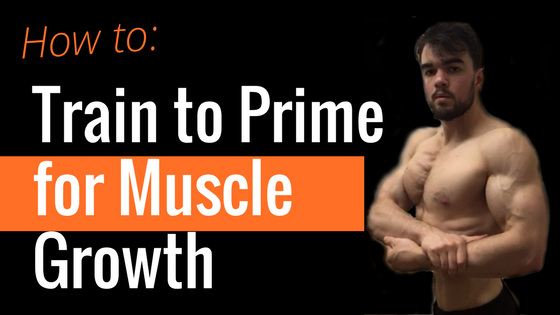
Wouldn’t it be great if there was a way to train that primed our muscles to grow?
…isn’t that hypertrophy training?
Oh well, I guess it is, but if you’ve read Parts 1 & Part 2 on Primer Phases you’ll have been introduced to something that is a great addition to a periodised plan. You’ll also note that this phase sets you up for future progress, potentiating further fat loss or muscle gain.
Hopefully you also realise that for both muscle gain and fat loss, training doesn’t look starkly different, because our best tool for muscle preservation is the same tool we use for muscular hypertrophy [1-4].
In part 2 I told you how to eat during the primer phase, here we will go over how you should train.
Table of Contents
Primer Phase Training
Our training here is looking to achieve several things:
- Promote muscle retention
- Alleviate fatigue from hypertrophy training (read part 2 if you need more info)
- *Bonus* make our muscle strong
High intensity training with low volumes is a very powerful way to retain muscle.
In a study on 70 untrained adults, they found muscle size can be maintained with as low as 1/3 the training volume that initially produced results for the ten 20-35 year old participants involved, however the nine 60-75 year olds did see a loss in muscular size but retained strength. [5].
Here’s what they did:
Phase 1 (16 weeks)
- Each exercise was performed for three sets of 8–12 repetitions, close to failure, three times per week
- As training progressed, resistance was incremented when a subject completed 12 repetitions for at least two of the three total sets at a given resistance while maintaining proper form i.e. progressive overload
Phase 2 (34 weeks) – with 1/3 of the volume of Phase 1
- Exact same protocol but rather than three times per week they went only once
There is a clear dose response here too, as 2 other groups were within phase 2 and one group detrained completely and the other did 1/9th of the original volume, the less they did, the more they lost (see below). Still a 2/3rd reduction is a big drop in volume, higher than what will be recommended, but it acts as a great ‘security blanket’ for those worried about losing their muscle (especially if you’re young).
In addition, given we’re eating at maintenance (and not a deficit) this gives us further confidence that our muscle isn’t going anywhere.
Now because we’re dropping our volume this means we can utilise higher intensities, and therefore it’s a great time to make use of these. This style of training will produce a different sort of fatigue, and whilst doing so will allow our body to drop other types of fatigue (those produced from higher volumes). Which is very important if we want to get the most out of our training in future.
Plus lower volume, higher intensity training is also very good at developing strength, and therefore during this Primer Phase you can expect to get stronger. This is in many ways very similar to a traditional strength block a powerlifter would go through.
Practical Application
Now comes the fun, programming.
Below is your basic set up for your Primer Phase, this gives you a lot of room for artistic license and individualisation:
- Compound work rep range: 3 to 6 rep range
- Isolation work rep range: 5 to 8 rep range
- % 1 repetition max: 75 to 90%
- Sets per muscle group: 8 to 15
- Frequency per muscle group: 2 to 4 x per week
- Progression: increases in load > increases in volume
- Volume: ~60% of your typical hypertrophy work
Say for example you were following an upper / lower split with 4 training days and worked up to 20 to 25 sets per muscle group (your MRV). Now you’re in need of going through a primer phase, you can keep this same split and simply either drop some exercises (like isolation work that cannot be done with heavy loads e.g. chest fly) or some sets to bring your sets per muscle group to around 10 for the first week of your mesocycle.
For example:
Week 1 Hypertrophy Lower Body Day
- Squat 3x 8 to 10
- Lunge 2x 6 to 8 per leg
- Good Mornings 3x 10 to 12
- Leg Extensions 2x 12 to 15
- Leg Curls 2x 12 to 15
- Calves & Abs 4 x 8 to 12
…Week 1 Primer Phase Lower Body Day
- Squat 3x 5 to 7
- Good Mornings 3x 5 to 7
- Calves & Abs 2 x 6 to 8
^ Drops in volume have been easily made by cutting out some exercises, great news is whilst these exercises have been deleted you’ll become super sensitive to them once they’re put back in later. Also you might here wish to change your squat from a high bar to low bar (especially if you’re a powerlifter) and your good morning could change to a deadlift, this variety can aid you in progressing and these may be better alternatives for the higher intensities used in this phase.
When to use this?
1.] To prevent muscle loss during a dieting phase.
Related to that it can be a strategy to use during contest prep; “intermittent periods of lower volume training could be used as a recovery strategy between training cycles to help to prevent overtraining during contest preparation.”[6]
2.] To prevent fat gain & muscle gain stagnation during a massing phase.
Remember this:
What Next?
Want to learn more about Primer Phases? We have you covered with an in-depth ebook!
Do you need any help with the above, feel free to drop me an email here.
Join my free facebook group or add me on snapchat (revivestronger) and ask your question there, I will respond asap. Or if you’re after a fresh training programme I have a free 4 week plan using DUP that you can download for free here.
One more thing…
Do you have a friend who would love the above? Share this article with them and let me know what they think.
[bctt tweet=”Training to Prime for Muscle Growth” username=”revivestronger”]
References
- Schoenfeld BJ, Ratamess NA, Peterson MD, Contreras B, Tiryaki-Sonmez G, Alvar BA. Effects of different volume-equated resistance training loading strategies on muscular adaptations in well-trained men. J. Strength Cond. Res. Apr 7 2014. 40.
- Flann KL, LaStayo PC, McClain DA, Hazel M, Lindstedt SL. Muscle damage and muscle remodeling: no pain, no gain? J. Exp. Biol. Feb 15 2011;214(Pt 4):674-679. 41.
- Goto K, Nagasawa M, Yanagisawa O, Kizuka T, Ishii N, Takamatsu K. Muscular adaptations to combinations of high- and low-intensity resistance exercises. J. Strength Cond. Res. Nov 2004;18(4):730-737. 42.
- Kraemer WJ, Ratamess N, Fry AC, et al. Influence of resistance training volume and periodization on physiological and performance adaptations in collegiate women tennis players. Am. J. Sports Med. Sep-Oct 2000;28(5):626-633.
- Bickel CS, Cross JM, Bamman MM. Exercise dosing to retain resistance training adaptations in young and older adults. Med. Sci. Sports Exerc. Jul 2011;43(7):1177-1187.
- Helms ER1, Fitschen PJ, Aragon AA, Cronin J, Schoenfeld BJ. Recommendations for natural bodybuilding contest preparation: resistance and cardiovascular training. J Sports Med Phys Fitness. 2015 Mar;55(3):164-78. Epub 2014 Jul 7.
We are a personal coaching service that helps you achieve your goals. We want you to become the best version of yourself.


